It is even surprising that one of the oldest acoustic manufacturers has a Heritage line consisting of only three models, two of which were released to mark anniversaries. However, perhaps this is how it should be, because Wharfedale works for the widest range of music lovers, creating modern, technologically advanced, and affordable speakers for them.
When it comes to an 85th anniversary, it’s simply impossible to do without a brief excursion into history. Well, the company that Gilbert Briggs founded in 1932 was called Wharfedale Wireless Works. Doesn’t that sound very modern?
Wharfedale is the name of a place in Yorkshire, the valley of the river Wharfe, which, like any other, you cannot enter twice. Wireless in those days was a simple radio, and loudspeakers were made to listen to the broadcasts. Today’s wireless technologies are based on the same physical process – the propagation of electromagnetic waves – but there are still more differences here than between humans and apes, who also have a common ancestor.
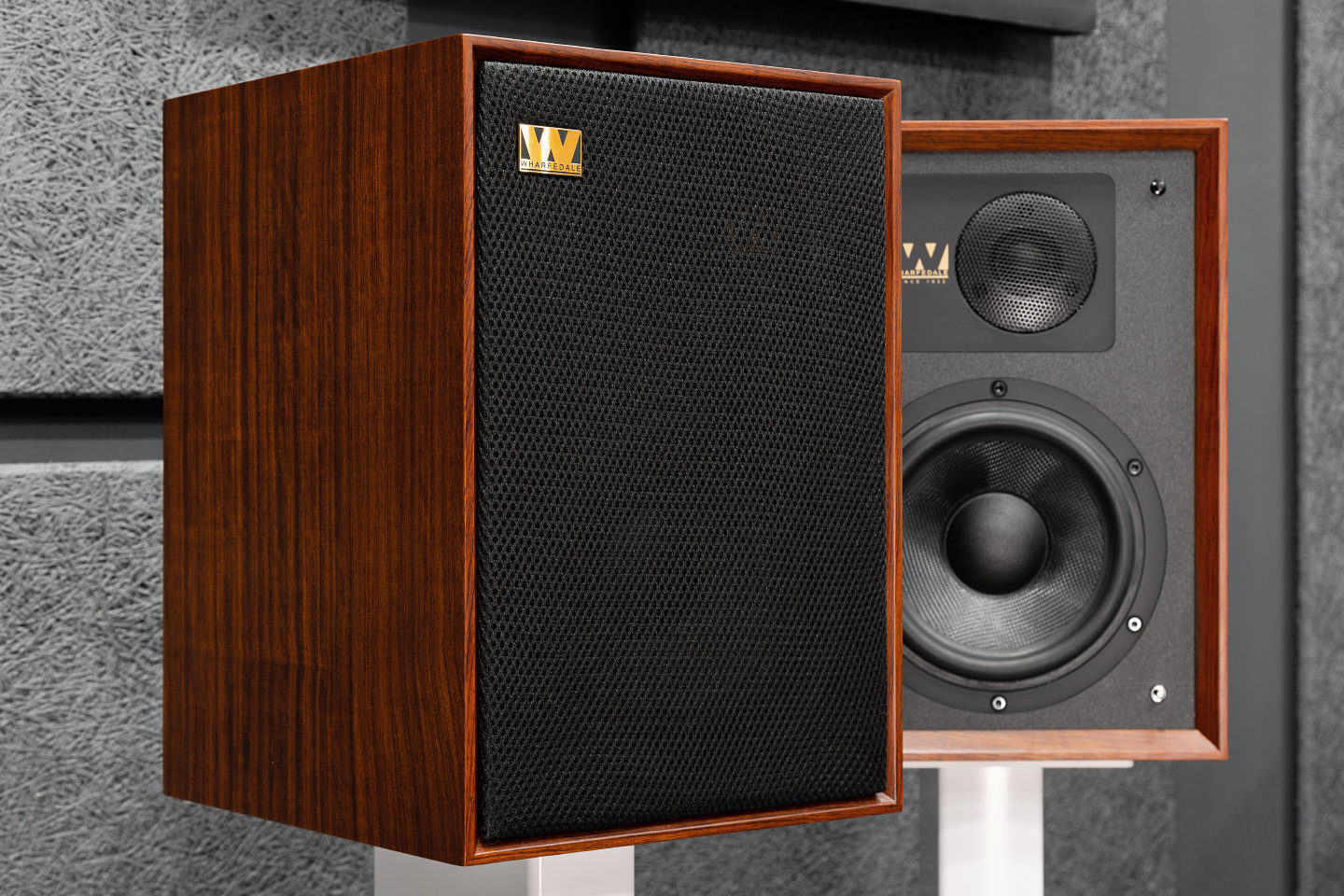
A comparison of the limited edition anniversary speakers with their prototype, the Denton 3 speakers from the 70s, shows that even in such a conservative segment of the Hi-Fi industry as acoustics production, many revolutionary changes have taken place.
Basically, they are connected with the appearance of new materials, allowing to bring real designs closer to theoretically ideal schemes of optimal radiation of sound waves. For example, Denton 85th has a light and rigid Kevlar diffuser of the midrange/low range speaker, equipped with a cast basket, which provides the creation of sound in the range for which their “grandfather” required two heads with paper cones.
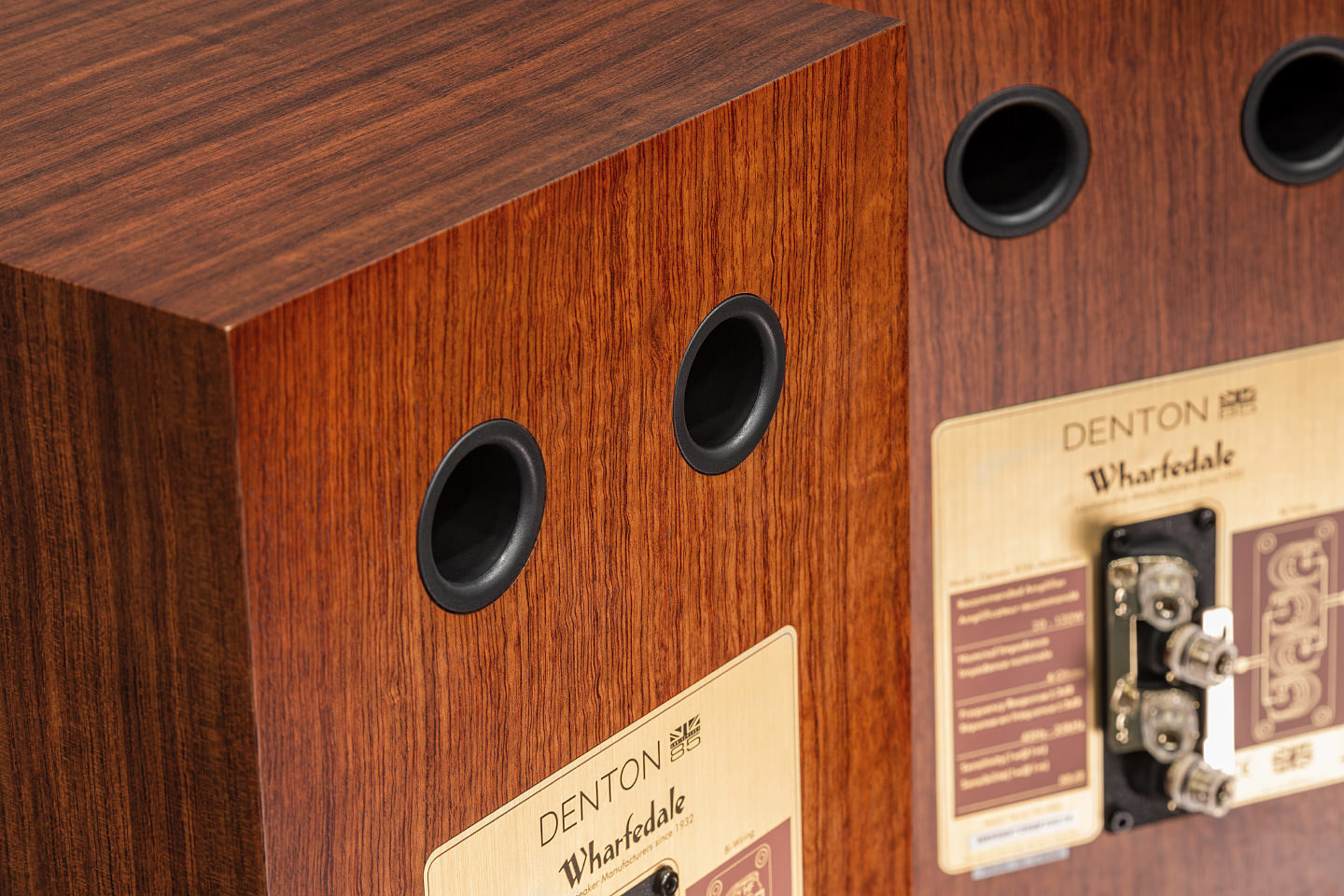
The tweeter with a woven fabric dome is very similar to the old one. It is also hidden behind its own metal grille, and its motor uses a ferrite magnet, rather than the more modern neodymium one. This is done to make the treble smoother, and the metal grilles can also have a similar effect on the highs. Wharfedale Denton 85th Speakers
A notable feature of the case is the slightly recessed front panel. When the protective grille made of fabric with an “old-fashioned” weave is installed in place, the speakers acquire a complete retro style. However, for modern speakers, developers create cases without protruding elements, on which secondary diffraction radiation sources like to appear.
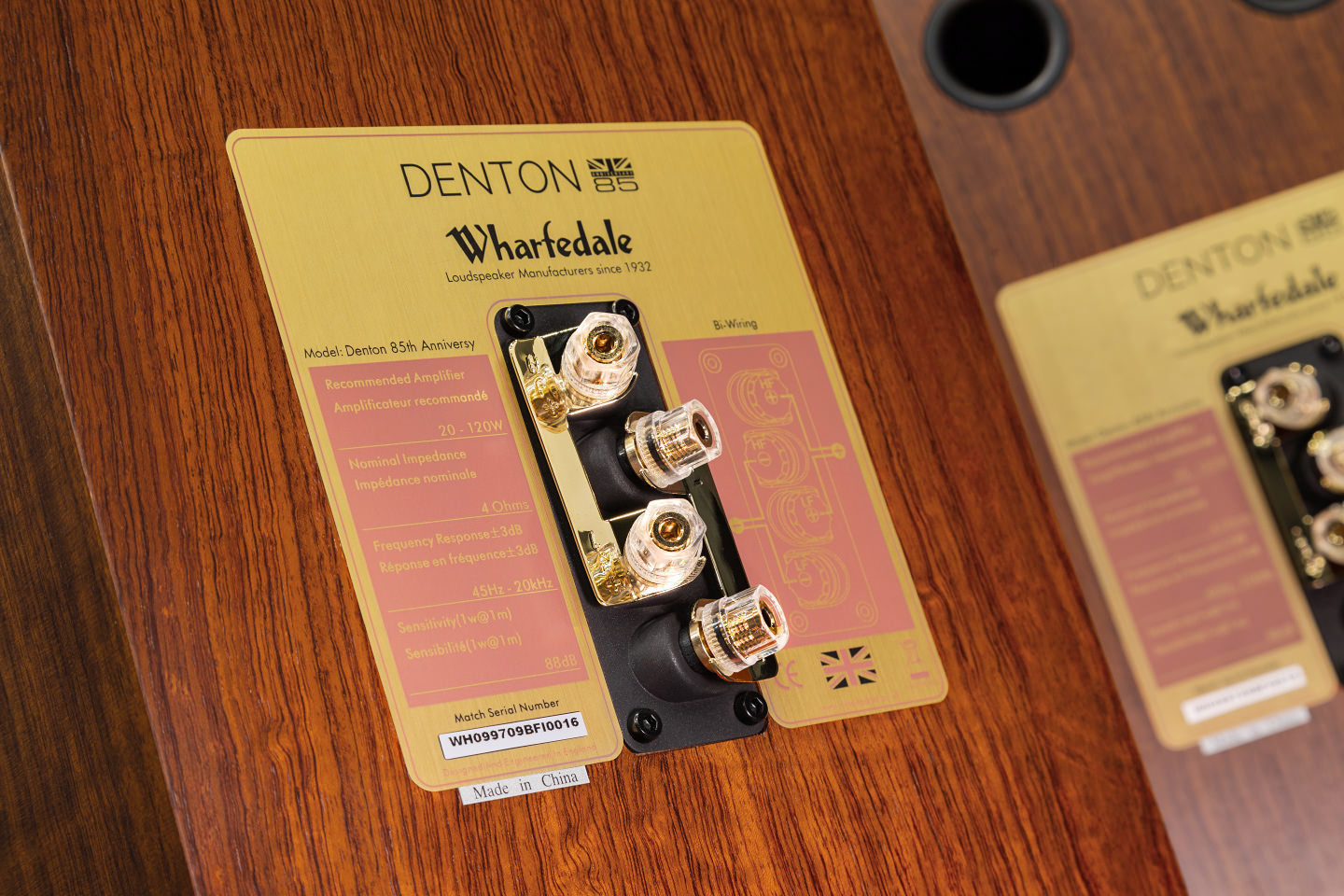
Nevertheless, the quality of the cabinets and their natural veneer finish do not cause any complaints. Two-phase inverter ports come out on the rear panel, and two pairs of high-quality connectors are provided for connecting to the amplifier, which allows the use of bi-wiring and bi-amping schemes – a rare option for bookshelf speakers.
Back to the Future
When testing, the Wharfedale Denton 85th system partners were the network player, as well as the integrated amplifier in a wooden case, which looks very much like the speakers. This design does not at all imply the absence of modern technologies on board. It works with both analog and digital signals – including those coming from a PC (PCM up to 24 bit/384 kHz, DSD up to DSD256), – and is also equipped with a Bluetooth module (with aptX). At the same time, its output power is 2×65 W at 4 Ohms, which is quite enough for bookshelf speakers. Wharfedale Denton 85th Speakers
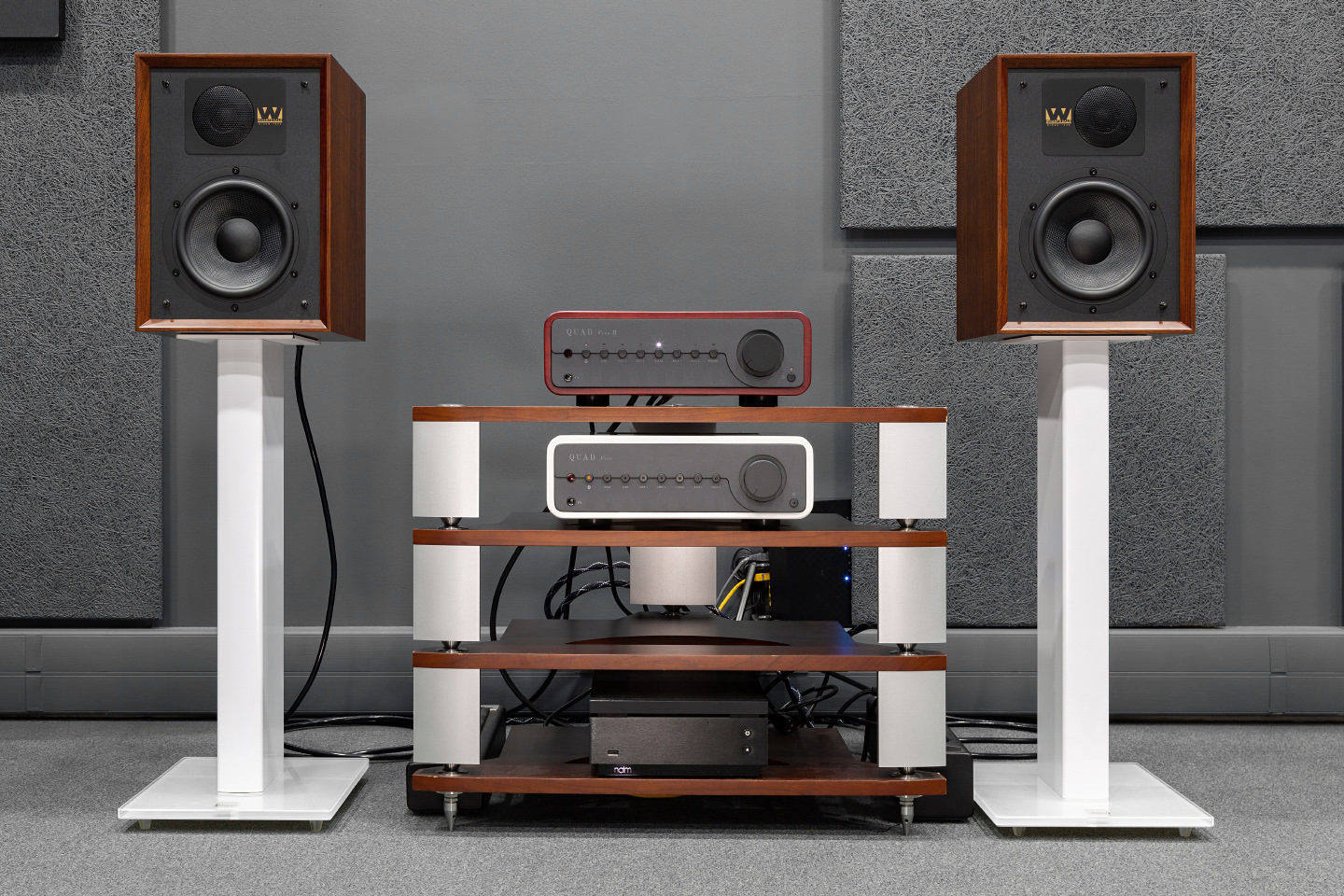
It is hardly possible to judge from photographs how Denton 3 played. Most likely, their descendants significantly surpass them in detail, dynamics, and transparency of sound – it simply cannot be otherwise, even if it seems to someone that the grass was greener before. But, apparently, they had something that made them popular and worthy of such a long memory.
The Denton 85th delivers smooth, warm, and expressive music. The lower range is deep, weighty, and confidently controlled, which is impressive considering the bookshelf form factor of the speakers. The stage is large-scale, and the focus of images on it is clear.

However, there is also originality in the interpretations of familiar compositions. Ella Fitzgerald’s album “Clap Hands, Here Comes Charlie!” sounded divine, with a very credible effect of presence, a subtle and precise transmission of the nuances of her vocals, penetrating straight into the soul. The stage is realistic, filled with air, and the instruments on it are clearly visible, although they are pushed into the background a little further than usual.
Something similar was observed when Dave Brubeck Quartet played the composition “Take Five”. The saxophone voice is velvety, rich, and expressive, and the piano plays its part clearly and forcefully, but the drums and percussion are somehow faded against their background, although the drum roll is usually presented more prominently and cheerfully. Wharfedale Denton 85th Speakers
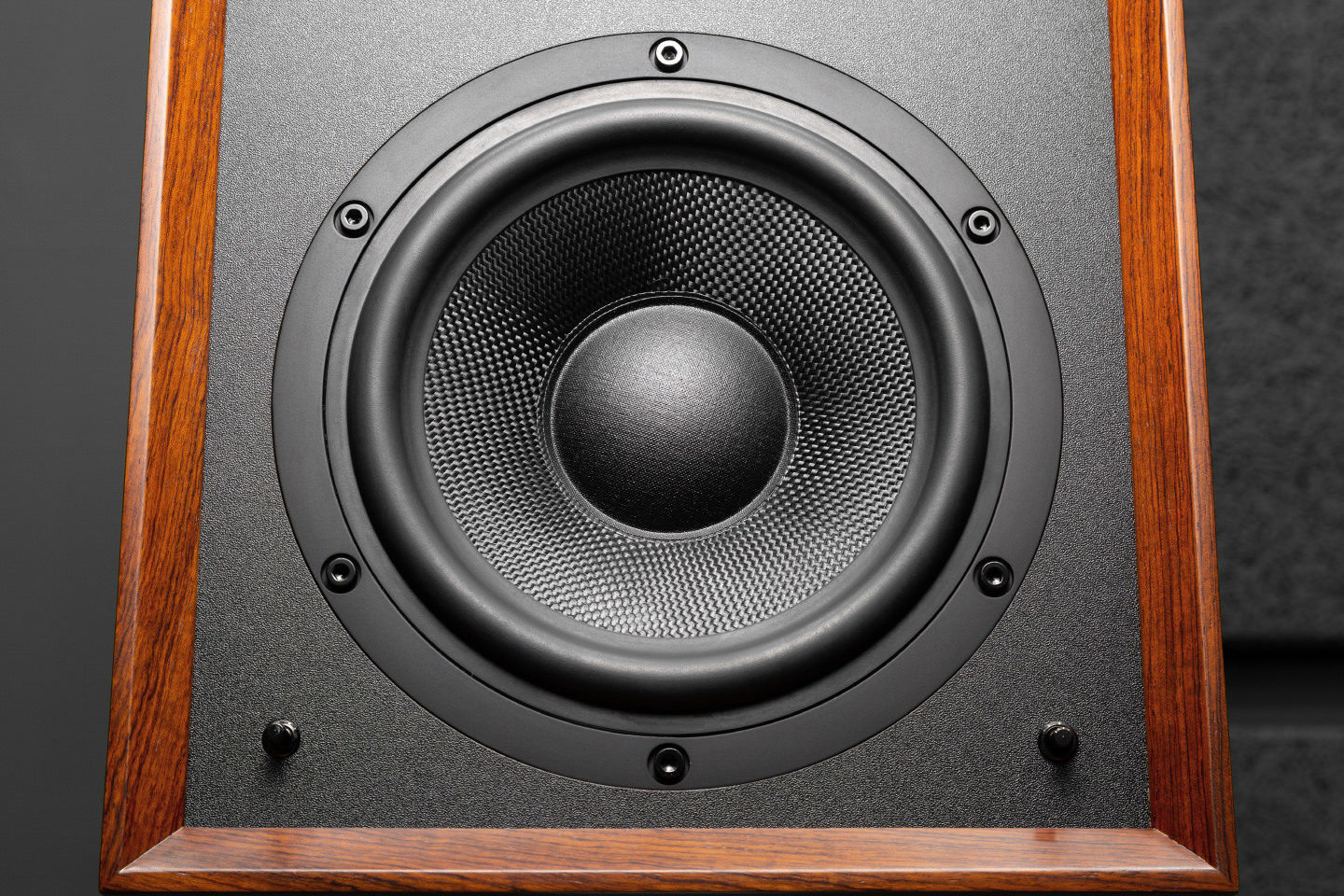
But if you sit closer and turn the speakers so that their acoustic axes exactly cross on the listener’s head (and for this the stands must be higher or the chair lower), then everything falls into place. The tonal balance is leveled, the highs become louder and more detailed, and the sound sharpens and is filled with details. The languor and fluidity almost completely disappear from it, but it becomes modernly elaborated, detailed, and dynamic.
Even recordings of symphonic music were played quite convincingly. B. Britten’s “Four Sea Interludes” is performed on a grand scale, with a clearly defined and organized stage, impressive volume changes, and excellent intelligibility in quiet fragments. Simply wonderful for bookshelf speakers.
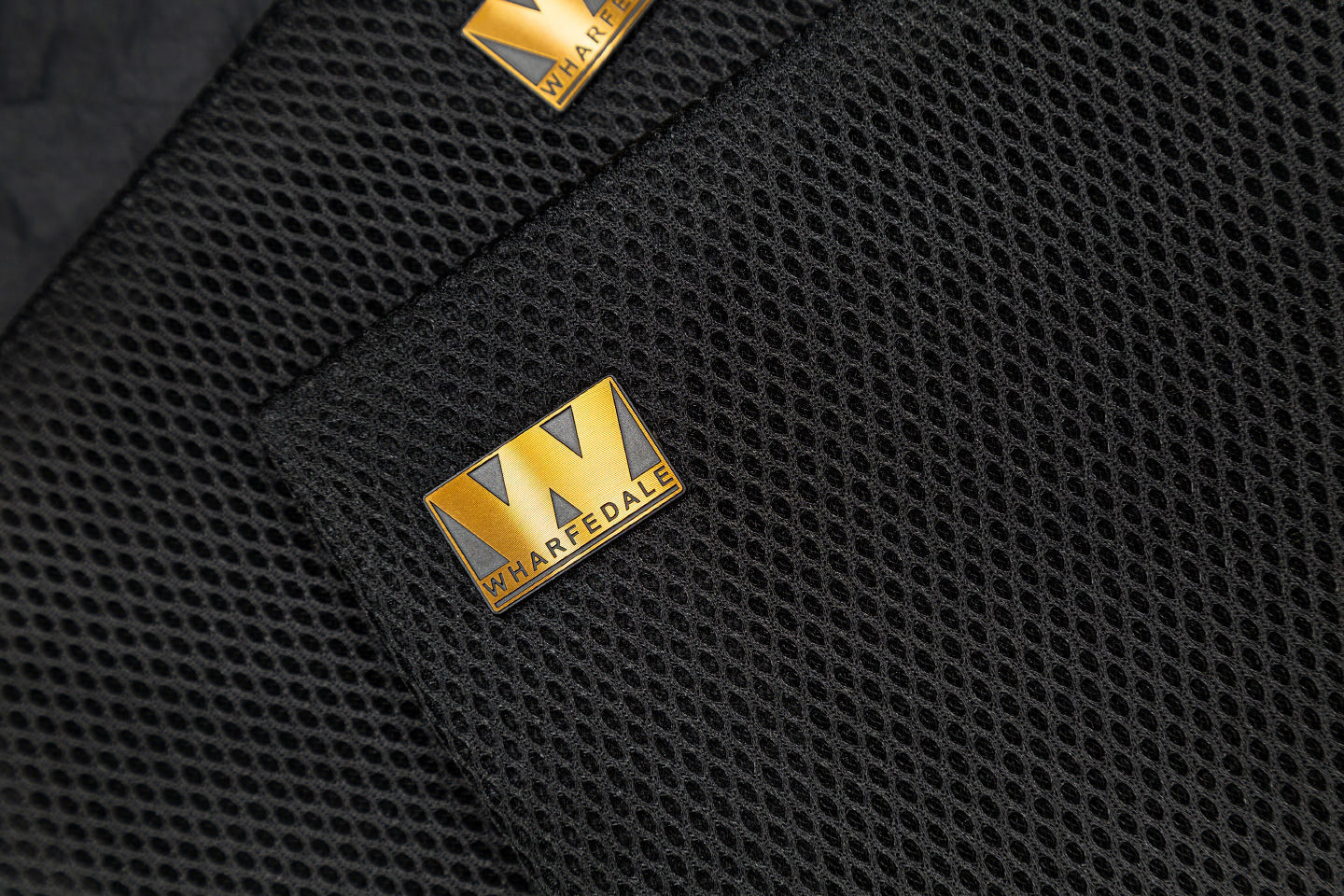
The high directivity is to be expected from speakers with a wide front panel, but the listener has a choice: a smooth, slightly retro sound for tracks from the past (such as Deep Purple’s Machine Head), which are presented with great authenticity, or a more direct and up-tempo sound for songs like Michael Jackson’s Xscape. Wharfedale Denton 85th Speakers
Conclusion
Wharfedale Denton 85th — speakers with a surprise. They can perform both in a retro style and in a completely modern way, in the tempo of the early 21st century — the listener only needs to change their location. This can be a big advantage when choosing speakers if, for example, your household members have different musical preferences, or you yourself are inclined to genre diversity. An interesting model — it is worth getting to know.
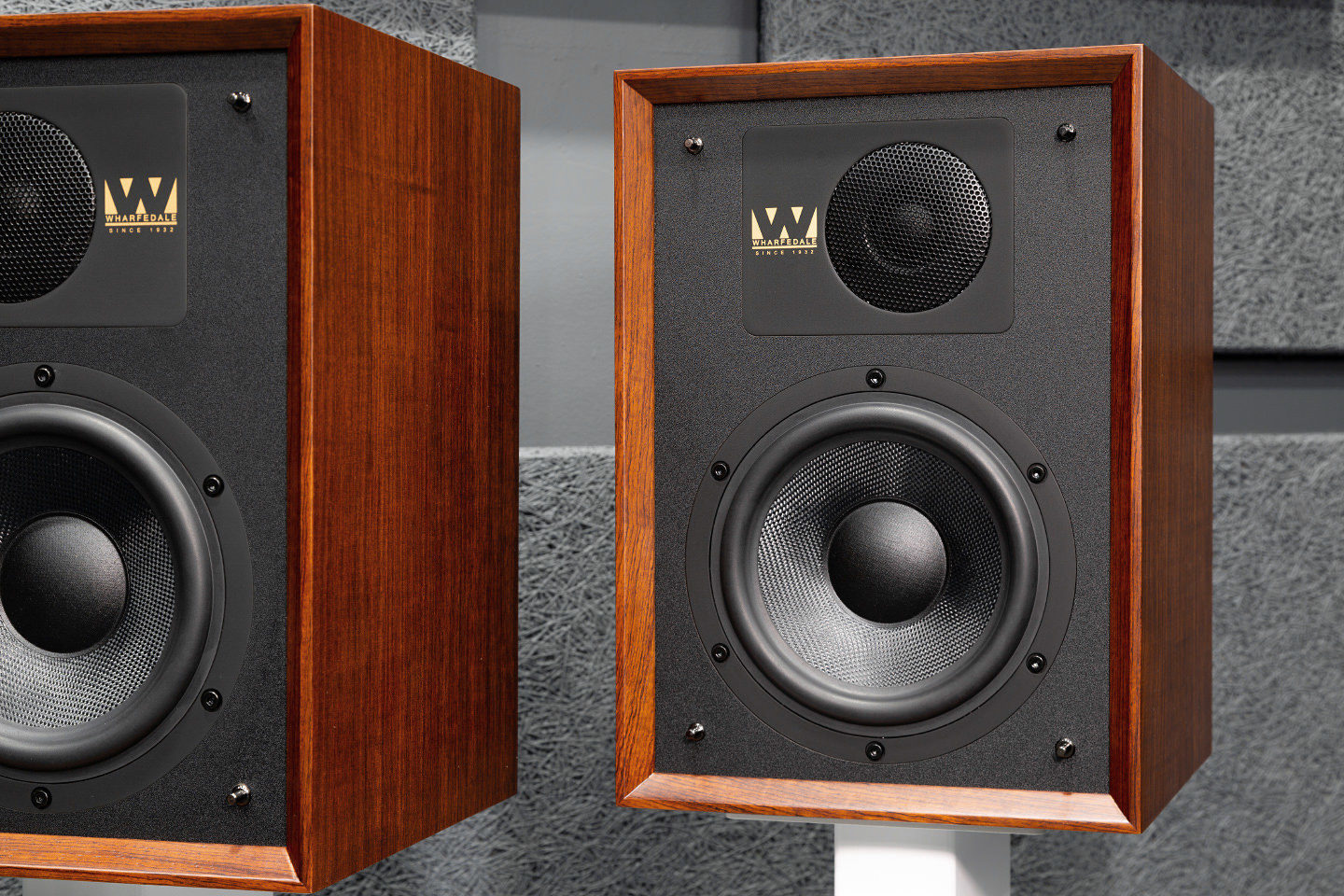
Specification
Advantages: smooth and flowing or tonally balanced, detailed and energetic sound – it’s up to you.
Flaws: high radiation directivity.
Passport details
Design: bookshelf, two-way bass reflex speakers
Sensitivity: 88 dB
Amplifier power: 20-120 W
Resistance: 4 Ohm
Frequency range: 40 Hz – 20 kHz
Band crossover frequency: 3.1 kHz
Tweeter: 2.54 cm, soft dome
Mid/bass driver: 16.5 cm, Kevlar
Dimensions: 34x24x27.5(+1.2) cm
Weight: 9 kg
Finish options: mahogany, walnut



